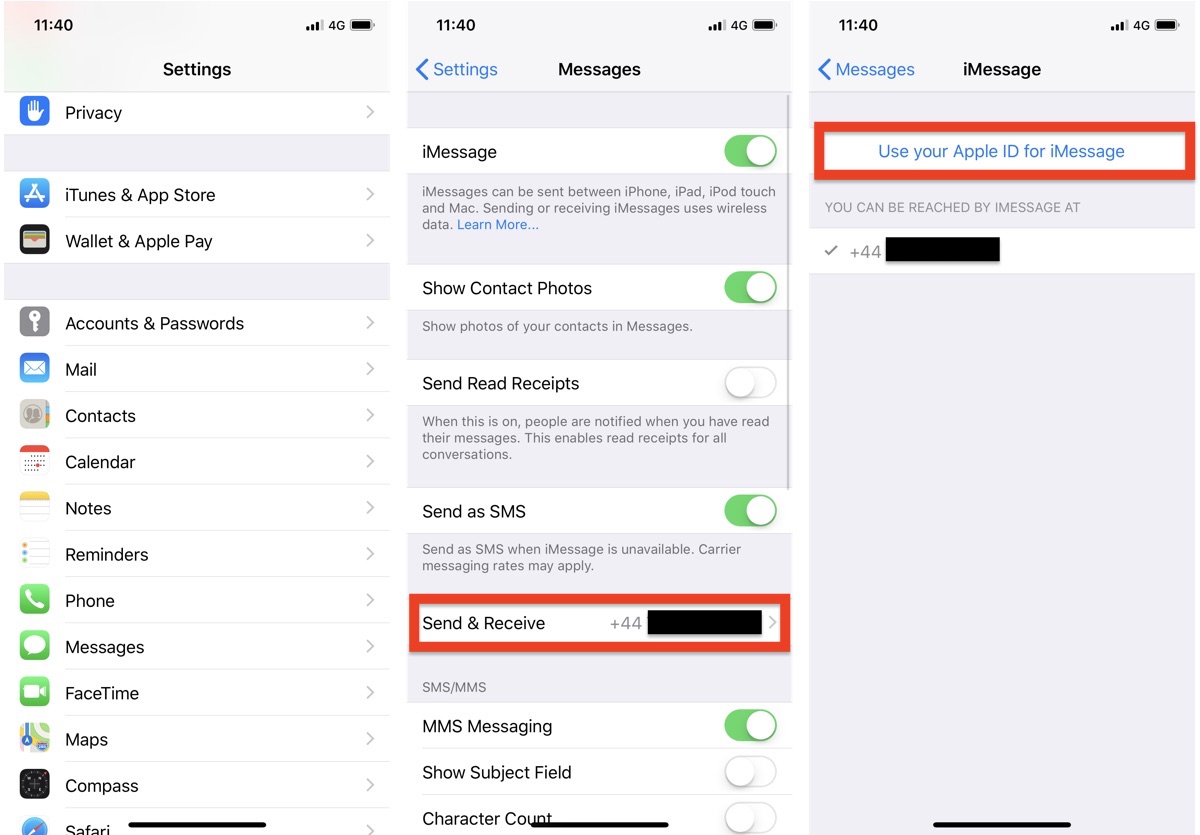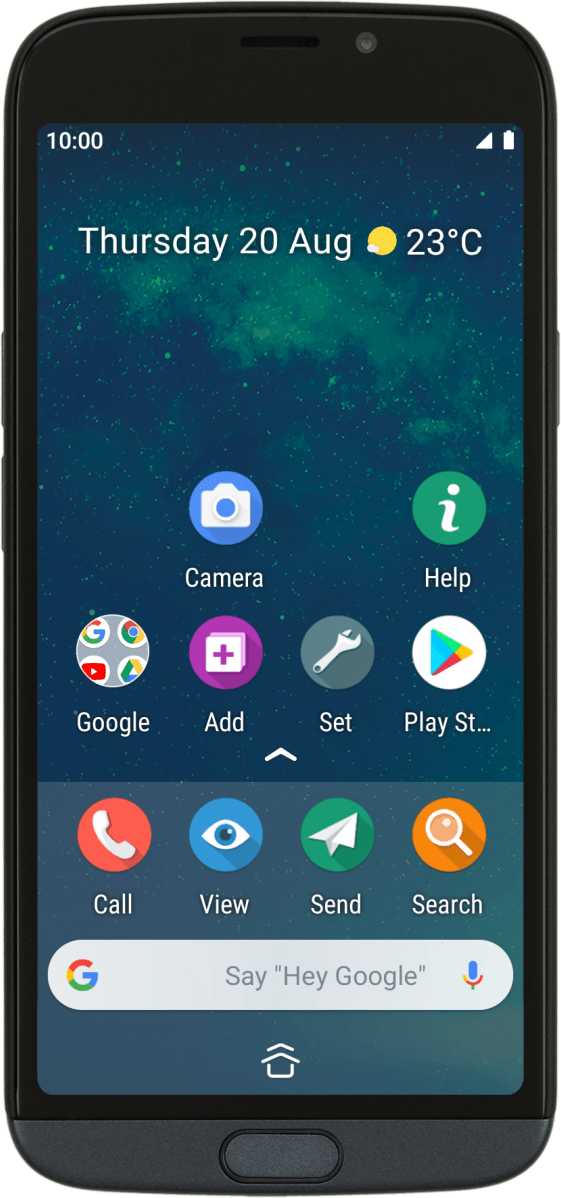

But what actually are they and what do they do? From the Twilio website: “Simply put, Twilio is a developer platform for communications. There’s a lot of noise currently about how web-aggregator services such as Twilio and Nexmo are revolutionising the way companies, and organisations are communicating. But as always, check your specific requirements to ensure that the solution on the table fits your needs. Because of our investment here, and our collaboration with FrontlineSMS / SIMLab as part of the CDAC Network, we’re often inclined to use FrontlineSMS given its simplicity, ease-of-use and low barriers to entry for our field operations (we demonstrate this in our video below). Previously, UNHCR Innovation has tried to operationalise two-way SMS through the creation of a dedicated project: ‘Ascend’.
SEND SMS TO PHONES SOFTWARE
There are a number of service providers that provide software services to manage SMS in/out such as Viamo, RapidSMS and Envaya (and many more to choose from). Within the aid and development sector, some products use defined parameters for sending/receiving information such as U-Report developed by UNICEF.

SEND SMS TO PHONES FREE
In respect to commercial products, there are some like Bulk SMS and others that come at a cost. As such we generally prefer options designed around humanitarian/development use cases – these often have open-source, free or favourable pricing models. While there’s simply too many of these to list here, your best approach when researching options for SMS services is to look for local providers in country. Within the private sector, there are often local companies/organisations that provide either products or services for managing SMS engagement with customers (in Uganda UNHCR has worked with SMS One for example). Some have been driven forward by the aid and development sector, others have emerged out of commercial customer service in private enterprise. There’s been a wave of opportunities in recent years in terms of using SMS to communicate with communities or clients. This is where software for managing SMS communications helps. Tricky right? Other than getting airtime for such a large number of messages, this would be very difficult to do using only your own handset. Try sending 10,000 messages from your smartphone. Just as a middle-of-the-road cellphone allows you to create a contact list (and modern smartphones even facilitate the creation of groups), dedicated software for sending SMS messages en-masse contains specific functionality that facilitates working with a large number of contacts. There is nothing hugely different between using a personal device and a bell-and-whistles platform for managing SMS – just that the latter is built for scale, and comes with some extra features. Actually, many field staff are using their own phones daily to contact different community groups or vulnerable individuals who need dedicated support. This isn’t as crazy a suggestion as it might sound – and should really be a first consideration once you’ve established that SMS is a preferred channel within a community. We’ve taken some of the best offerings available and demonstrate how you can set up a two-way SMS system within a matter of minutes. With this blog post, we’re trying to unpack and address the challenges of using SMS in humanitarian contexts. Despite the wealth of software, products and services available – and the case studies demonstrating how SMS technology can be used – it still isn’t a ‘given’ that such services will exist or even be considered in different humanitarian contexts. Yet, in many communities where UNHCR works, mobile phones are one of the most prevalent and preferred channels of communication. Time moves quickly, eh? With the advent of chatbots and messaging apps, using ‘plain old’ SMS seems relatively stone-age. Only a few years ago, what was considered ‘innovative’ was using phones – in any way possible – to engage with communities.


 0 kommentar(er)
0 kommentar(er)
